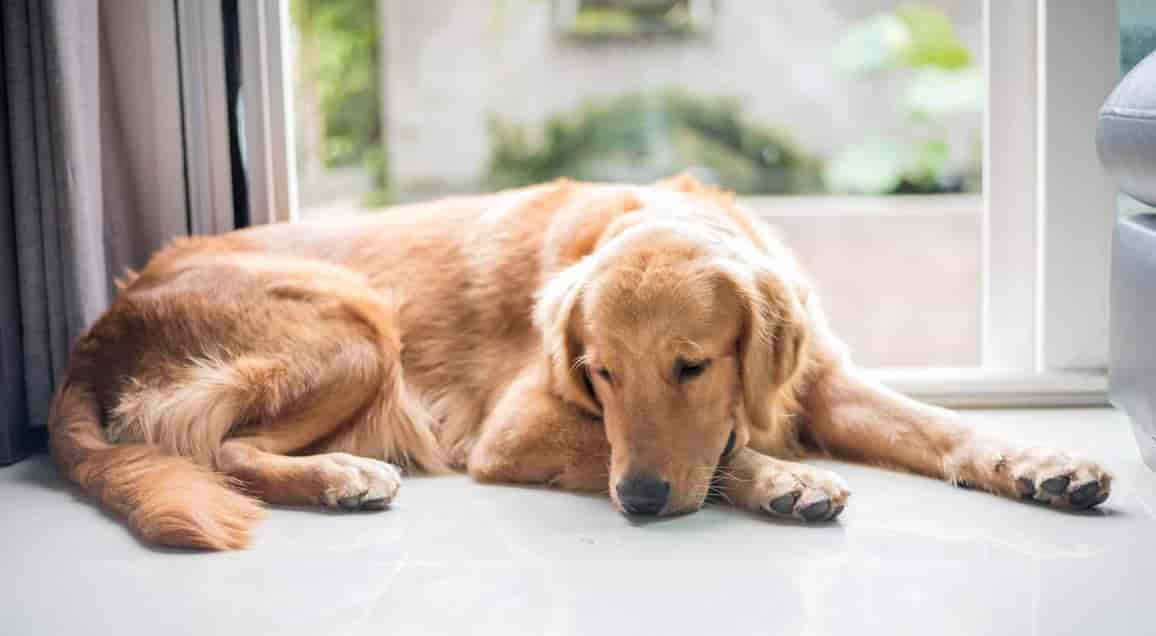If you are considering Gold Coast dog cremation for your pet, there are a few things you should know. It is a process in which the body of a deceased pet is cremated. The ashes are then returned to the owner.
A cremation is a popular option for pet owners for a number of reasons. It is often less expensive than a traditional burial, and it can be less emotionally charged. Cremation also allows you to keep your pet’s ashes in a special place, such as an urn or piece of jewelry.
Keep reading to learn more about what you should know about cremation.
The Cremation Process
The dog cremation process is relatively simple and typically takes place at a facility that specializes in animal funerals. The vet will have already made the decision to have your dog cremated based on its physical condition and the wishes of your family.
The vet will then make arrangements with the cremation facility and schedule a time for your dog’s cremation. The vet will also provide you with an urn containing your pet’s ashes. While each facility has its own protocols, most require that you drop off your pet in the morning and pick up their ashes by the end of the day.

Why choose cremation for your pet?
Cremation has become increasingly popular in recent years as an alternative burial method for pets. Here are some reasons why you might consider it:
1. It’s Economical:
Pet owners who use traditional burial methods must pay for the construction of a grave as well as transportation costs and labor. Cremation eliminates these expenses while still giving you an opportunity to say goodbye to your beloved animal companion.
2. It’s Environmentally Friendly:
Traditional burials can damage ecosystems by releasing harmful chemicals into the soil and water supply if done improperly. Cremation, however, uses no chemicals or additives whatsoever; it simply requires water heated to a high temperature in order to reduce your pet’s body into its component parts.
How to make the process easier for your pet
If you want your Gold Coast dog cremation, be sure to bring him in as soon as possible after he dies. Don’t leave him lying around at home, where he may be injured or eaten by other animals. If you can’t get him right away, have a friend take him to the vet.

